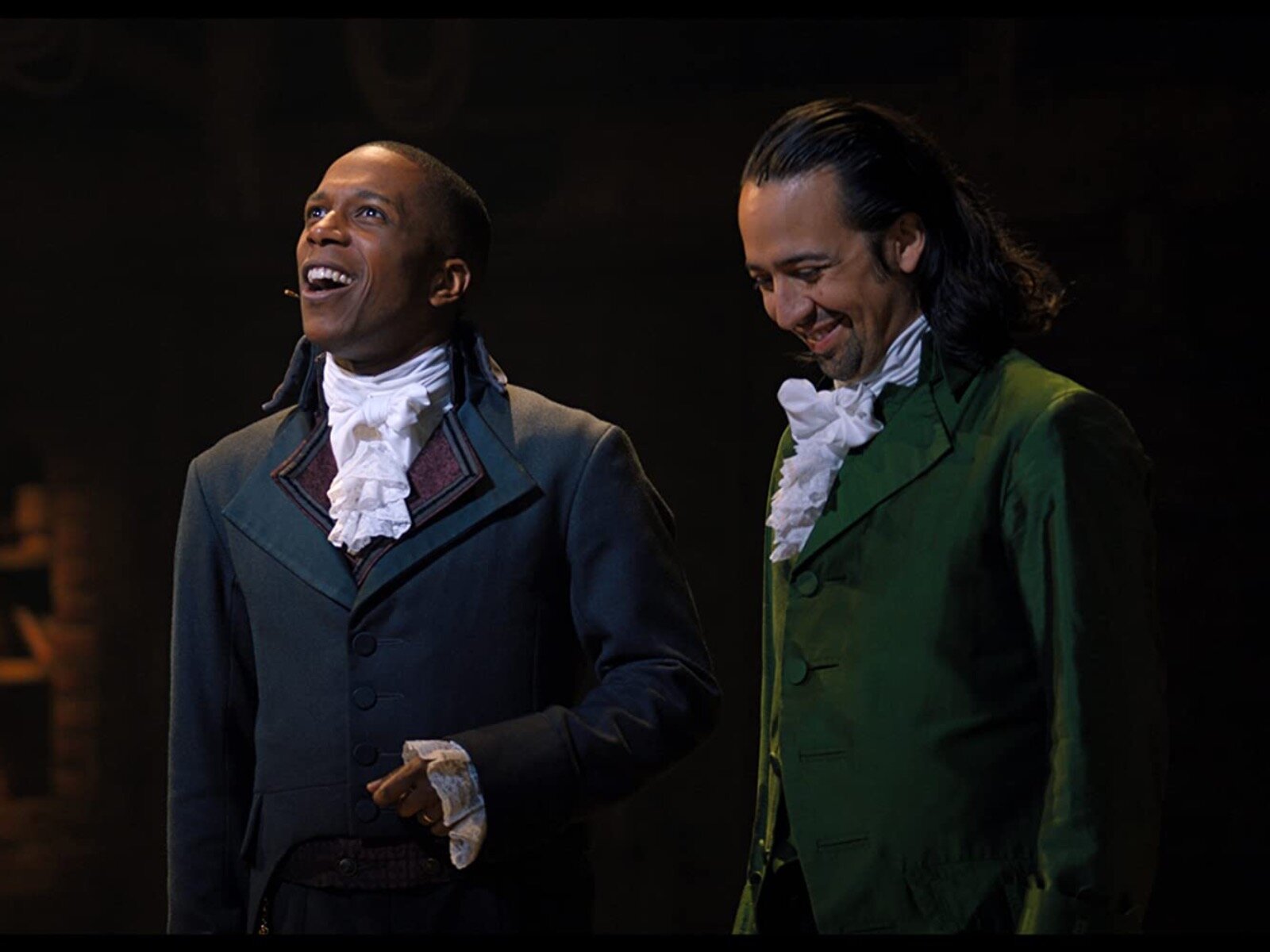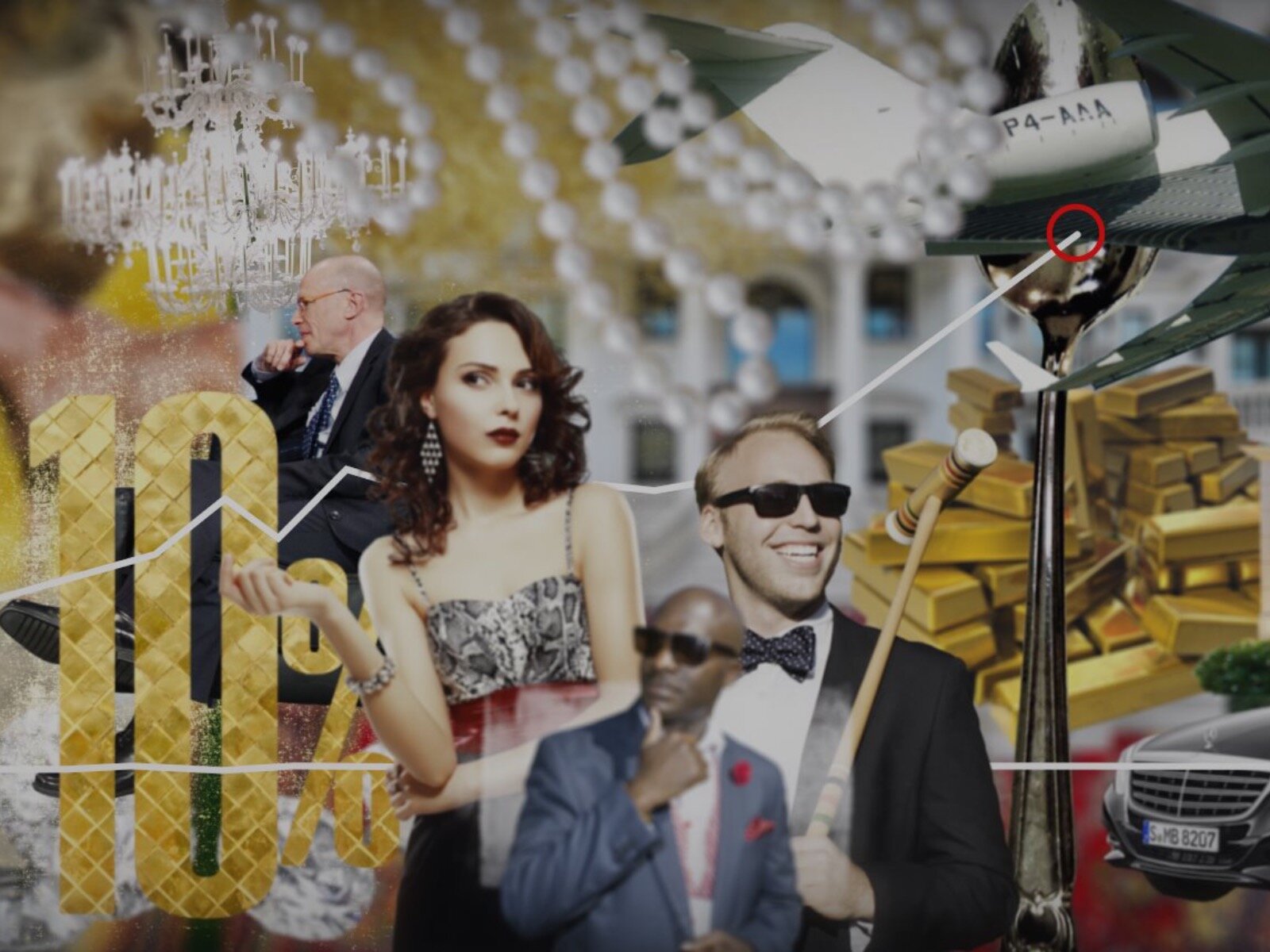When Milwaukee (and myself) first got our eyes on Lin-Manuel Miranda’s smash hit musical last October, I warned that the FOMO would somehow be worse after being in the room where it happens. This month, Disney+ delivered the ultimate cure for that: a filmed version of the stage show, captured across three performances in June of 2016, all with its original Tony-winning cast, ready to be binged whenever the earworm-y songs strike your brain’s internal speakers – a daily, probably hourly phenomenon for most fans.
The result – originally set for theatrical release next October only to become the rare film to pushed forward due to the pandemic thanks to a lack of new entertainment and, more pressingly for the Mouse House, the lack of new material to supply its shiny new streaming service – sates just about every craving a "Hamilfan" could have, even if the movie itself thrills more as a victory of access than of its own particular artistry.
As more a document than an adaptation, the Pulitzer-winning story remains pure and unaltered from the stage, save for a shorter intermission. An ambitious, well-versed orphan from the Caribbean (Miranda) arrives in America where he rises the ranks during the Revolutionary War, from right hand man to George Washington (Christopher Jackson) to founding father in the battlefield to key architect of the infant country’s financial systems in its brand new cabinet – along the way butting heads with Southerners James Madison and Thomas Jefferson (Okieriete Onaodowan and Daveed Diggs) as well as, most infamously, his own political Salieri in the form of Aaron Burr (Leslie Odom). All the while, King George III (played by Jonathan Groff and a deluge of spittle) watches on, bemused before eventually defeated and befuddled by his former subjects.
While the show hasn’t changed, for better or worse, time most certainly has – from even just last October, much less the summer of 2016 when these particular performances were captured at the Richard Rodgers Theatre in New York City.
At a time when many are calling to reassess and reframe the stories America tells itself about its origins, here returns a slick and soft-focus take on our nation’s history and the mostly slave-owning men at its center, their original sins of racism, classism and sexism treated optimistically as hurdles soon to be relegated to the past as opposed to ghosts still haunting the U.S. in the present. Washington, the show’s paragon of decency, still owned slaves, avoided confronting slavery publically while in power and even often used their desperately sold teeth, not wood, for his dentures – to say nothing of Hamilton, whose shortcomings then and now weren’t limited to not knowing how to say no to this. Meanwhile, the Schuyler Sisters introductory ode to "how lucky we are to be alive right now," which already felt particularly pre-Election Day 2016 to begin with at last year's touring show, sounds even more false in the midst of a historic pandemic that our country in particular seems disinterested in actually defeating.
While viewers can blame "Hamilton" for mellowing the past, however, it’s less fair to knock it for failing to predict the future. And that said, it’s not, nor has it ever been, a news report or documentary. It’s a musical, a work of historical fiction – one that Vox’s Aja Romano correctly labeled as "fanfic," an idealized and optimistic reclamation of history. And as such, this hasn’t changed: "Hamilton" is still a remarkable achievement, a vibrant and exhilarating show that moves like liquid lightning on stage – or screen, in this case – and rumbles the soul (not to mention the tear ducts) like thunder.
Miranda’s book, music and lyrics are still as mesmerizingly intricate as when the show first debuted, continuing to defy almost all fears of some stodgy or try-hard "Schoolhouse Rock" after-school special. The songs shift in thrillingly unpredictable fashion from hip-hop and rap to classic musical theater and Broadway spectacle to Latin-inspired to gorgeous ballads both mournful and celebratory, often side by side, seconds apart. Cabinet meetings in the new colonies are staged like no-holds-barred rap battles, complete with handheld mics, dueling sides and George Washington as lead MC. Meanwhile, Burr’s key lament of wanting to be amongst the powerbrokers and politicos making history behind closed doors – despite his own political windsockery – painted in Fosse-like jazzy allure.
No matter how much you listen to the album, the songs – and the way Miranda ties their individual themes together, how they constantly echo through the show and inform its characters – unceasingly pop, especially alongside Thomas Kail and Andy Blankenbuehler’s original direction and choreography. Shuffling minimalist sets onto its wood-framed stage with seamless ease thanks to its supporting players and the spinning hidden circle at its center, Kail and Blankenbuehler add action, move characters and summon memories with smooth impressionist style.
The greatest appeal of the Disney+ version, though, is seeing this all play out with the musical’s original players, who live up to their now iconic billing.
As opposed to the touring company, whose Burr played things bemused, Odom plays the show’s ostensible villain as a blister, festering and bubbling with ambition and raw-voiced intensity devolving into anger while Jackson’s Washington carries all the dignity and strength needed to serve as the show’s moral gravitational center. Seeing the show also only enhances what goes into the two key Schuyler sisters, Phillipa Soo and Renee Elise Goldsberry as Eliza and Angelica, the full weight of their emotional storylines and vocal gymnastics brought to life – especially in the latter’s case, watching her roaring ballad "Satisfied" come off with such feeling but yet so effortless.
And yes, while his drool-dampened lips and chin steal the spotlight, Groff’s a difficult delight as the petulant King George III. The comedy’s always present on the album, but seeing him perform live adds to the laughter – plus, there’s a fascinating bit of Groff's dark future "Mindhunter" role there, his dead-eyed thousand-yard stare across the Atlantic adding menace to the comedic relief, an undertone that this childish royalty may have dead animals hidden in a secret shed.
However, no one – not Groff’s spittle or even Miranda, who ironically comes off as the weakest of the original starring cast, though his beaming on-stage sincerity and motor-mouth hip-hop and spoken word skills are no slouch – shines as bright as Daveed Diggs, playing America’s favorite fighting Frenchman Lafayette and Thomas Jefferson, both roles captivating to hear and see on stage. Diggs’ Lafayette becomes utterly ferocious when it comes time to rap his sizzling verses on "Guns and Ships," but even before and after then, he captures your attention every time he hits the stage with his smallest gestures or funny toss-off reactions. Later, in the second act, his Jefferson is an aloof delight, preening so perfectly on the second act opener "What’d I Miss" you can’t even hate this new-arriving nemesis. It’s a star-making dual-role turn that deserves to strike twice now that it’s seen the broad light of streaming day.
Watching Diggs’ loose-limbed joy on stage just highlights the greatest part of this recorded show: the chance to witness these performers, who’ve occupied in these iconic roles for months upon months by this point, live out these characters with such natural ease and comfort – whether with the music or with one another on stage. The light moments feel so blissfully loose; the heavy emotions seem to truly hit the gut. These actors crafted these characters, several (Miranda, Jackson and Diggs) from day one, and the audience – even removed via a screen – can feel it.
Of course, despite the access this "Hamilton" offers, nothing could ever hold a candle to seeing the show live. The Disney+ recording can’t hide that – and sometimes emphasizes it. Filming a live stage performance is like trying to fit a round peg into a square hole – or more like a rectangular screen frame. When you watch a live performance, the audience gets to take it all in, finding the details all at once and taking it in as one full static tableau; a camera inherently chooses what the viewer sees and notices instead. And since the production wasn't altered for the screen, unfortunately some of the overwhelming theatrical experience and intricacy of the choreography of the show gets cut off by the camera’s limited borders.
The transition between "Helpless" and "Satisfied," for instance, a rewind that’s breathtaking to witness live as the choreography retraces its steps, is a little lost in translation to screen – especially as Kail, who serves as the film’s director as well, dices the moment with meaningless edits. A barrage of cuts also cuts down some key duel sequences, losing a little of their impressively choreographed luster along the way, while George Washington’s grand introduction is mildly dampened by a backstage camera angle revealing him too soon. In general, Kail’s direction struggles to capture all of the electricity and theatricality of the stage production – especially the movement of the spinning centerpiece and the motion it brings certain moments – without finding ways to replace it via camera placement and choices.
The direction does improve as the show goes along, with Kail seemingly thinking more about how to make the blocking read on screen as well as on stage. "Dear Theodosia" is a standout in this regard, emphasizing Burr and Hamilton’s shared yet separate moment by almost splitting the frame. Later, a shot of Eliza sliding out of Hamilton’s view to reveal Burr during the final spoken word goodbye is a memorable image I wish the film worked harder to find in the show, rather than play content spectactator. In general, the filmmaking is nowhere as electric as the show it’s capturing.
What the audience loses in detail on the total production, though, it perhaps gains with being essentially in the front row (and sometimes even closer, on the stage due to specially filmed moments without a live crowd), getting an intimate view of the performers’ emotions and bringing those out. It’s a thoughtful and acceptable compromise. And unless there’s a true film adaptation or the cast reunites for a touring show sometime soon, this is the closest fans new and old will get to being in the room where it happens – and that’s more than enough. Just ask Burr.
"Hamilton": *** out of ****
As much as it is a gigantic cliché to say that one has always had a passion for film, Matt Mueller has always had a passion for film. Whether it was bringing in the latest movie reviews for his first grade show-and-tell or writing film reviews for the St. Norbert College Times as a high school student, Matt is way too obsessed with movies for his own good.
When he's not writing about the latest blockbuster or talking much too glowingly about "Piranha 3D," Matt can probably be found watching literally any sport (minus cricket) or working at - get this - a local movie theater. Or watching a movie. Yeah, he's probably watching a movie.







